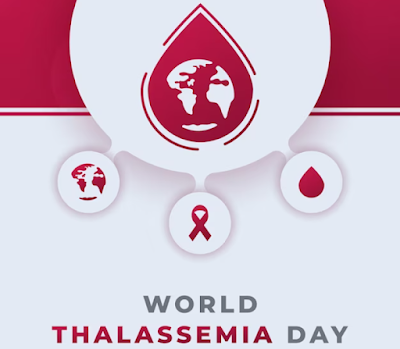Hernia: Causes, Types, Symptoms, Diagnosis, Treatment, and Prevention 2023
What is Hernia?
Introduction to Hernias:
A hernia is a protrusion of an organ or tissue through a weak point in the muscle or connective tissue that surrounds it. Hernias can occur in various parts of the body, including the abdomen, groin, and chest.
Types of Hernias:
There are several types of hernias, including:
- inguinal (groin),
- femoral (thigh),
- hiatal (upper stomach),
- umbilical (belly button),
- incisional (following surgery).
Each type occurs in a specific part of the body and has its own set of symptoms and treatment options.
Causes of Hernias:
Hernias can be caused by a variety of factors, including genetics, chronic coughing or sneezing, constipation, heavy lifting, and obesity. They can also occur as a result of a previous surgery or injury.
Symptoms of Hernias:
The most common symptom of a hernia is a visible bulge in the affected area. Other symptoms may include pain or discomfort when lifting or straining, a feeling of pressure or fullness in the affected area, and difficulty swallowing or heartburn in the case of hiatal hernias.
Diagnosis and Treatment of Hernias:
Hernias are usually diagnosed through a physical examination and possibly imaging tests such as an X-ray or CT scan. Treatment options may include lifestyle changes, medication, or surgery to repair the hernia. The type of treatment recommended will depend on the location and severity of the hernia, as well as the patient's overall health.
Prevention of Hernias:
There are several steps that can be taken to reduce the risk of developing a hernia, including maintaining a healthy weight, avoiding heavy lifting, and practicing good bowel habits. In some cases, hernias can be prevented by wearing a supportive garment or by strengthening the muscles through exercise.






